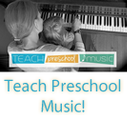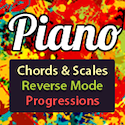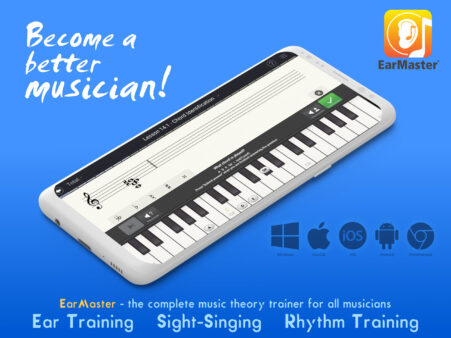I have a young student with whom I’ve been working on strengthening his fingers. I thought that Hanon exercises may help, but I’m increasingly finding that he is very tense – shoulders, elbows, wrists, and all! And that is really interfering with his progress. Do you have any recommendations?
It is such a challenge to teach students to play with strong fingers, but to remain tension-free! Of course, they can’t understand all the ins and outs of proper technique at a young age, but if we as teachers are vigilant in this area, we can set them up for long-term success by instilling proper techniques and understanding of principles. And this, I think, is the first key – they have to understand the principles behind what we are telling them so that they can self-correct when necessary. So, here are three principles that I try to incorporate into my teaching (obviously these are simplifications, but they are helpful nonetheless!):
- Gravity – weight falls to the lowest point. This principle governs the height of the bench, the position of the arms, wrists, and fingers, and the release of arm weight. I usually have a student drop their arm into my hand, and then I hold it until they are able to completely release their weight and make it feel “dead.” Then I ask them where they want the final destination of the weight to be when they are playing the piano. The piano keys, of course! Therefore, since the fingers are the part of the body that comes in direct contact with the key, that should be the center of gravity for the whole arm. This is why students shouldn’t play with their wrists resting on the edge of the piano, or the bench too low, or their elbow drooped, etc.
- Strength – usually at the first lesson with a student I ask if they know what the strongest type of structure is. After a few moments of thinking and guessing, I produce my photo of the St. Louis Arch. We briefly discuss the way the Arch was constructed and what makes it so strong. Then I demonstrate a good finger shape on the keys to transfer the application to playing the piano. Beginning students often have difficulty maintaining this shape even if they understand it, so we do Finger O’s to build up those muscles! (We just press each finger against the thumb to form an “O” shape. For fun, I usually try to quickly pull their fingers apart to test how strong they really are. :-))
- Conduction – ultimately, the whole body is working together to conduct energy to create sound – hopefully beautiful, musical sound! You want the flow of that energy to be fluid and not constricted in any way. This governs where the student sits on the bench, how they use their shoulders, the relationship of the fingers and the wrist, and more. For bench placement, we work on pivoting on the hip rather than leaning so that the body is still aligned as the student moves higher and lower. For the shoulders, we aim to stay relaxed and drop weight down, rather than pulling up and creating tension. For wrist and finger relationship, we train the fingers to extend and contract to enable lateral movements rather than twists. And so on.
In my opinion, it’s pointless to nag about externals (sagging wrists, raised shoulders, collapsing knuckles, flat thumbs, etc.) without explaining the rationale behind it to the student. When they understand the underlying principles and begin to experience the effects of their application when they play, they will be motivated to incorporate them into their practicing. No amount of playing technical exercises (e.g. Hanon) or specific repertoire will strengthen fingers or reduce tension if a teacher and student are not intentionally working toward those objectives. Whereas, if a teacher and student are clear about their objectives, virtually any exercise or piece of repertoire can serve to reach the desired end.
In other words, playing Hanon doesn’t equal stronger fingers, but someone can use Hanon as a means to strengthen his fingers if he approaches it with a proper understanding and application of the principles of piano playing and technique. Those are my thoughts, anyway, but I’d love to hear thoughts from others on this issue! Feel free to leave your comments below.
Remember, if you have a question you’d like to contribute to next week’s Monday Mailbag, leave it in the comments below or send me an e-mail sometime this week with Monday Mailbag in the subject line!













Udi says
I could not have said it better and totally agree about students having to understand the rationale of things in order to stick to them.